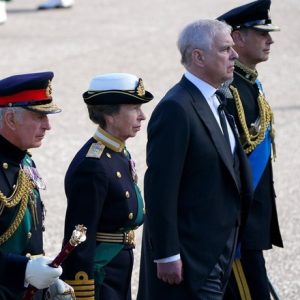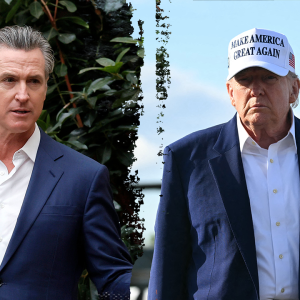**Article:**
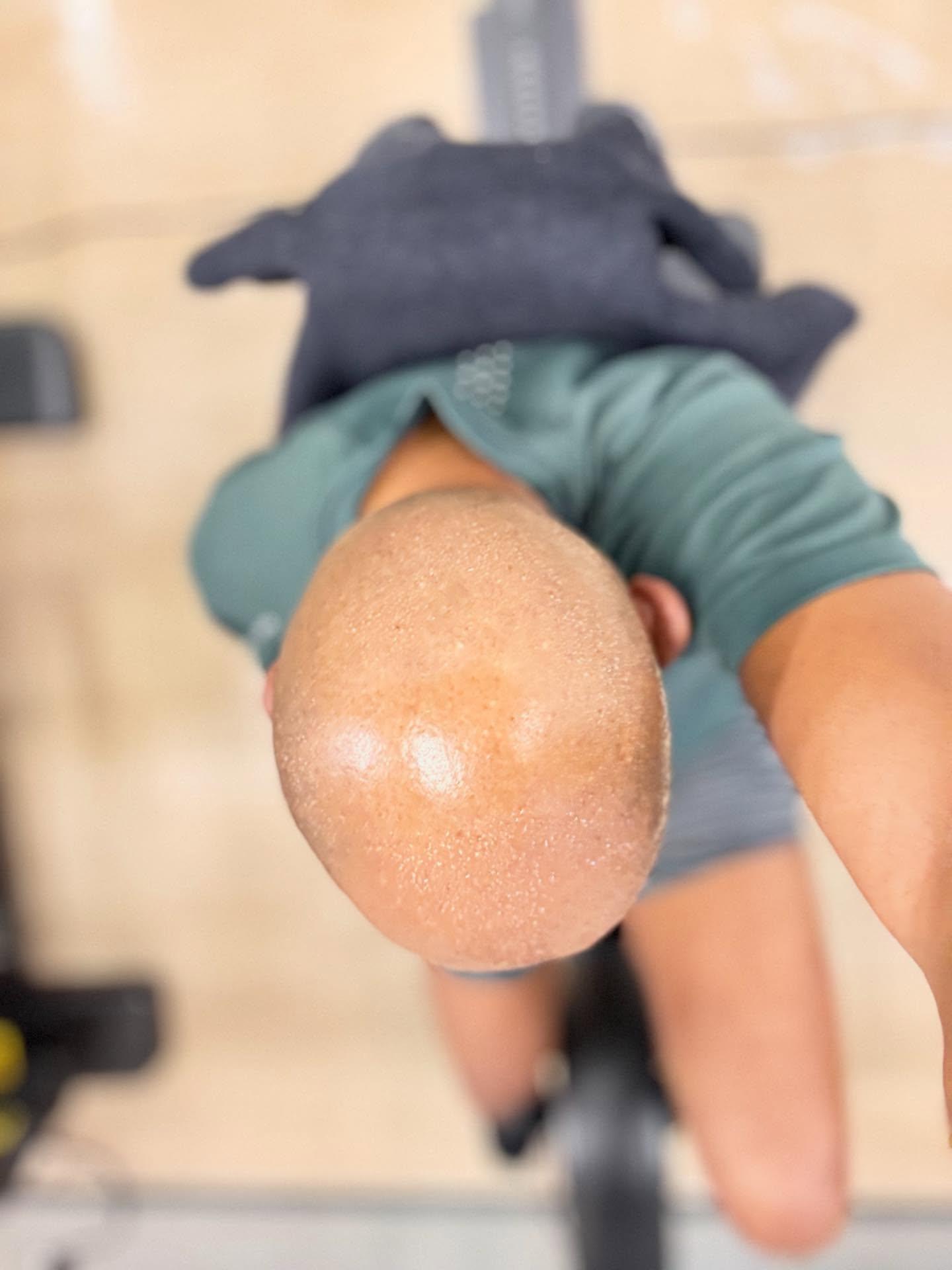
The air crackles with a dissonance, a chorus of voices – some fervent, some hesitant, all clamoring for recognition. It began with a casual, almost dismissive observation: “Do studs be telling their stud friends, ‘bro, I’m not feeling good, it’s time of the month, I got cramps’?” The hashtag #feelinggood, quickly followed by a pointed, inquisitive emoji – 🧐 – laid the groundwork for a storm. And the storm arrived, fueled by a potent mix of curiosity, cultural trends, and a palpable desire for connection, especially during Pride Month.
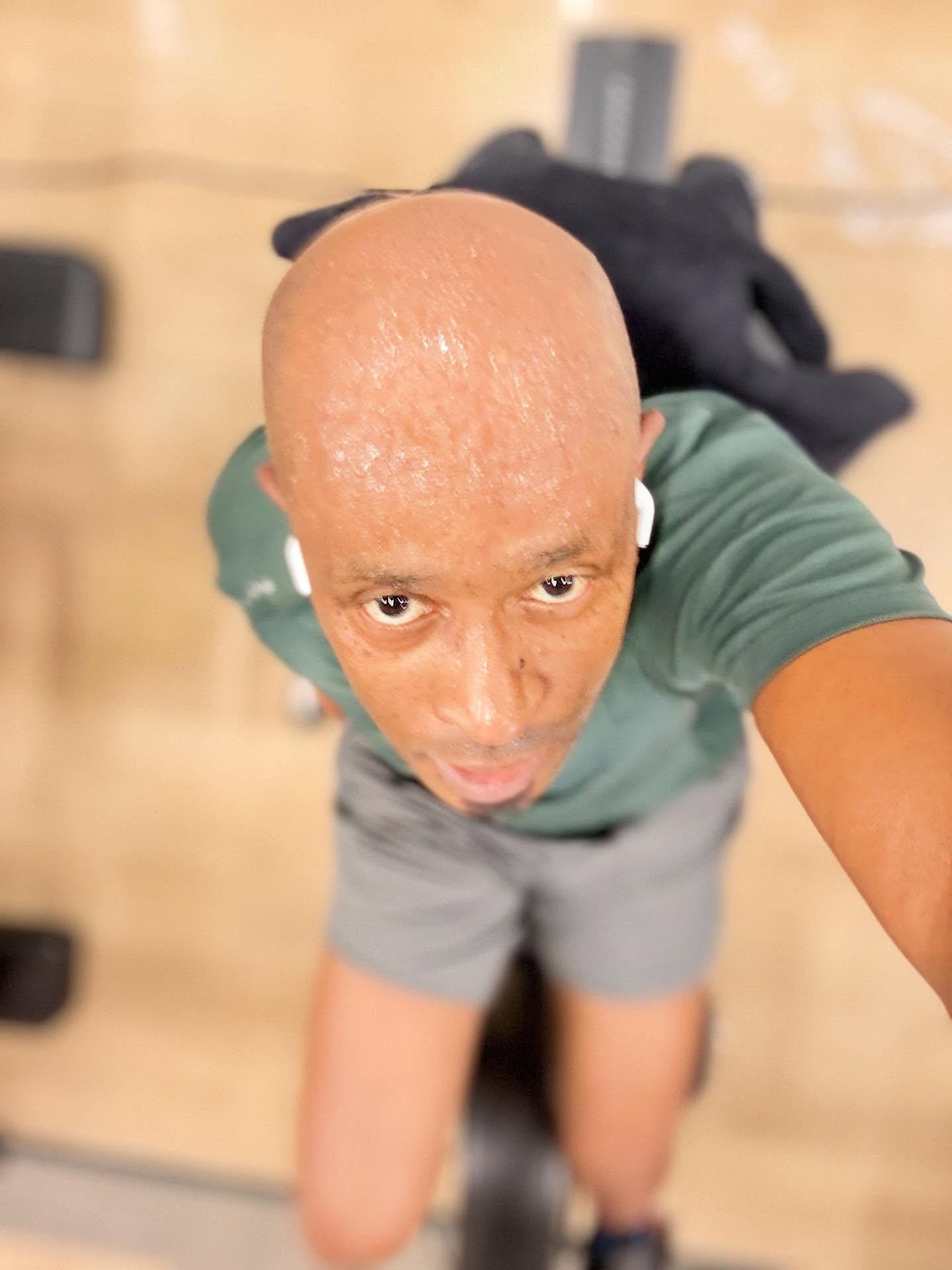
The echoes of this initial post rapidly amplified, building a fractured landscape of opinion. Someone, echoing the spirit of celebration, injected a hopeful note: “Since it’s pride month I thought 💭 I’ll ask.” – a simple question, yet loaded with the unspoken need to be seen, to be understood, to participate in the shared experience. The image of a vibrant, rainbow-drenched gathering – “celebrating our students 🌈” – offered a visual representation of this yearning. Then came the group dynamics, a snapshot of a predominantly female friend group, “95% girls, gays and theys. Equilibrium.” – a statement that simultaneously acknowledged the diversity of identities and hinted at a carefully constructed, perhaps subtly performative, social environment.
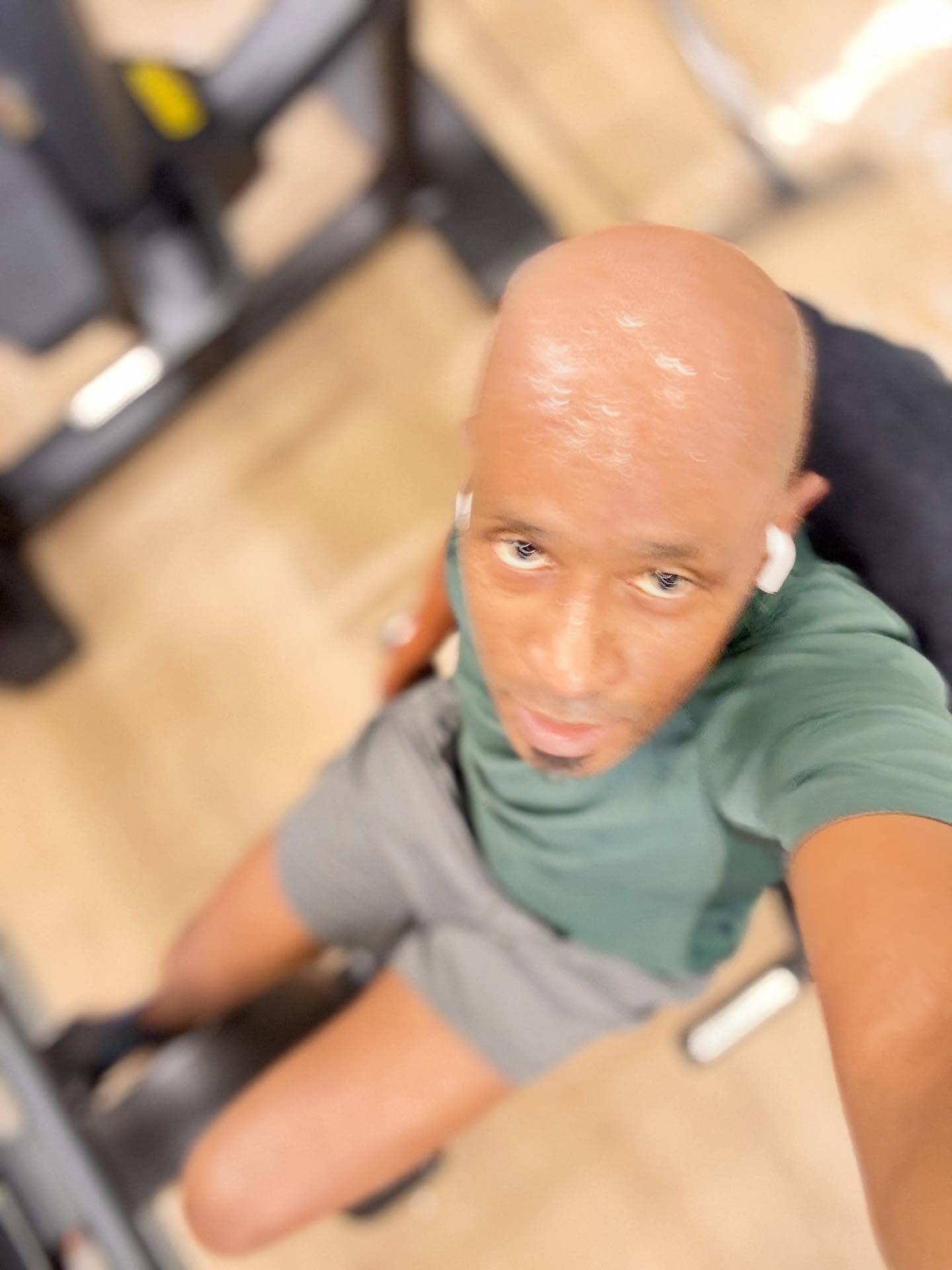
But beneath the surface of celebration, a current of discomfort began to swirl. The declaration of a “man eater,” coupled with unsettlingly detailed anxieties related to image and relationship dynamics, reveals a darker undercurrent. The obsession with physical attraction – the “bottoms” aesthetic, the fervent desire to be perceived as a “buttplug prince” – reveals not just desire, but a deep-seated insecurity and a struggle for agency. It’s a space where vulnerability and performativity collide, with some using it to express vulnerability and others to create a persona to impress.
This feeling of unease is mirrored in observations of the stark contrast between the celebrations of pride and the realities of social justice movements. The accusations of erasure (“Not the queer erasure in Pride month 😭😭😭”) reveals a recognition of the limitations of celebratory spaces and a fight for visibility within those spaces. The questions of representation on TV and allyship, while occasionally earnest, are often punctuated by a critical, almost defensive, stance, showcasing a complex and sometimes contradictory relationship with identity politics.
However, not all the responses were fraught with anxiety. There were expressions of joyful solidarity, declarations of support for LGBTQ+ artists (“I need more LGBTQIA friends if you hate against that community stay off my pages”), and unreserved celebration (“My Rainbow Pride hightops.”). The use of internet emotes, the urge to share images of rainbow figures – from city bridges to handmade creations – signals a deep commitment to expressing identity and celebrating love.
Ultimately, this collection of posts illuminates a profound truth: pride isn’t merely a celebration, but a constant negotiation of self. It’s a vibrant, messy, and often contradictory pursuit of belonging. It’s anecho of experiences; a longing for acceptance, a yearning to be seen, and a defiant act of self-expression in a world that still struggles to fully comprehend the spectrum of human experience. The “echo of absence” points towards an unexplored, often unspoken need; a deep-seated desire to find your voice, to find your community, and to finally, simply, *be*.
